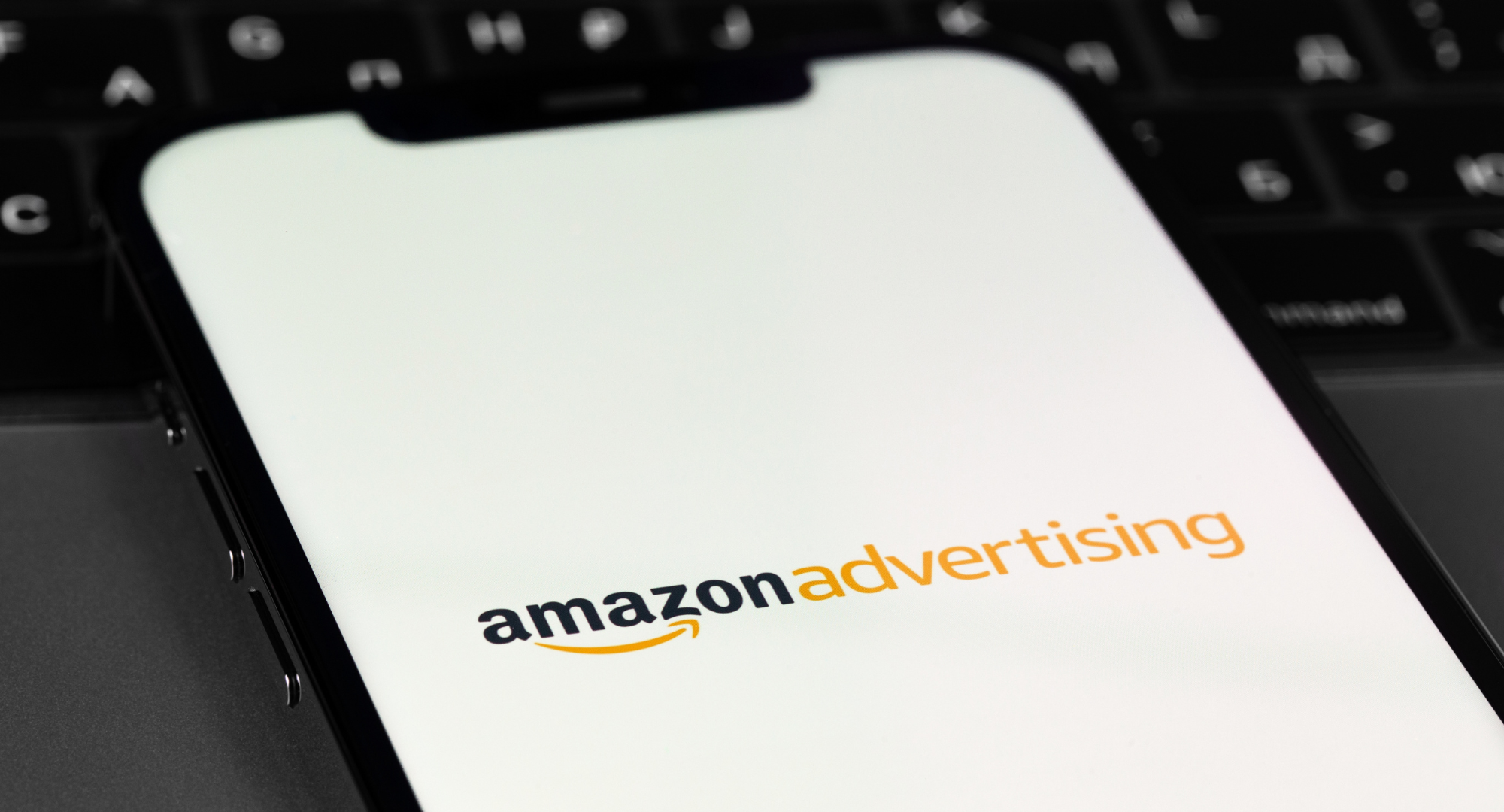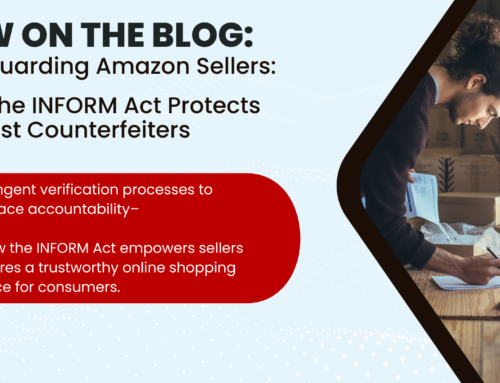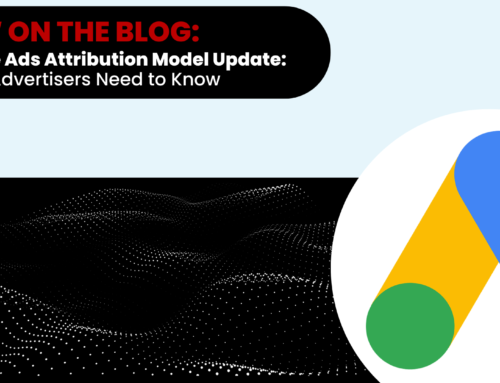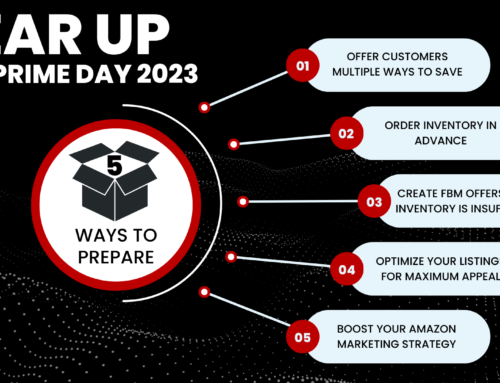What Metrics to Look at When Evaluating Amazon PPC Success
At Marketplace Velocity, we are fortunate to work with and talk with hundreds of brand owners every single year about their Amazon business. One of the more fascinating things we encounter quite frequently is brand owners not truly understanding what their true goals and key performance indicators are. Many brand owners state that their top goals are related to total spend, ACoS, ROAS, gross sales….or the ever-popular “we just want to spend less and sell more”. While these metrics are good to look at as a quick efficiency meter, they don’t really tell the whole story and often times don’t align with the overall goals of each brand. For example, a brand launching its first products on Amazon may have different KPI’s than an established brand on the Amazon marketplace.
- TACOS or Total ACOS or Ad Spend % of Total Sales
- While ACoS is a popular metric to measure “advertising success”, at Marketplace Velocity we prefer to use Total ACoS (or my favorite acronym, TACoS). TACoS measures the Ad Spend Percentage of your Total Sales. This is a more accurate representation of the true advertising campaign effectiveness as it takes into account the overall health and long-term stability of your brand on Amazon.
- THOUGHTS FROM THE CEO: “We have seen clients with ACoS levels nearing 90% that were still extremely profitable due to the TACoS metric being in the 3-4% range. It is obviously not ideal to leave ACoS this high for too long, but a low TACoS allows for more freedom in the discovery phase of our advertising strategy.”
- While ACoS is a popular metric to measure “advertising success”, at Marketplace Velocity we prefer to use Total ACoS (or my favorite acronym, TACoS). TACoS measures the Ad Spend Percentage of your Total Sales. This is a more accurate representation of the true advertising campaign effectiveness as it takes into account the overall health and long-term stability of your brand on Amazon.
- Organic Keyword Ranking
- One of the main objectives of Amazon Advertising is to increase the organic ranking of products for specific keywords. Successful advertising targets popular keywords in a specific category and gets sales for that keyword. For example, imagine you own a brand that sells a popular charcoal toothpaste. We would avoid going after the very generic keyword “toothpaste”, but focus our advertising efforts on “whitening charcoal toothpaste”. The latter would be much easier (and cheaper) to rank for due to a lower competition level and lower CPC (cost per click). Top organic keyword ranking for this specific keyword could result in a $1,000/day increase in organic sales for the growing company.
- Ad Sales vs Organic Sales and the Changes Over Time
- When a product is first launched, we can expect Ad Sales to heavily outperform the Organic Sales due to a strong advertising push aimed at brand awareness and keyword ranking. Over time, an effective advertising strategy sees organic ranking rising, resulting in an increased Organic Sales number. At a basic level, once your products begin to organically rank and get those organic sales, you are not paying for as many sales as you were when the initial advertising strategy said “push sales to increase organic rank”. As organic sales improve the process begins to shift towards a “maintain ranking” strategy.
- THOUGHTS FROM THE CEO: “Early on, it is not uncommon to see ad sales account for 80-90% of total sales. By month 3-4 we hope to see this number closer to 50/50, and by months 5-6 (when we are more focused on profitability combined with continued growth) the ad sales should be closer to 30-40 with organic sales taking the majority share.”
- When a product is first launched, we can expect Ad Sales to heavily outperform the Organic Sales due to a strong advertising push aimed at brand awareness and keyword ranking. Over time, an effective advertising strategy sees organic ranking rising, resulting in an increased Organic Sales number. At a basic level, once your products begin to organically rank and get those organic sales, you are not paying for as many sales as you were when the initial advertising strategy said “push sales to increase organic rank”. As organic sales improve the process begins to shift towards a “maintain ranking” strategy.
- Repeat Purchase Rate
- Another major factor that plays into the overall success of your brand is the repeat purchase rate of your customers. Calculating and tracking the number of repeat buyers you have helps you better understand the “health” of your brand on Amazon. Once upon a time, Amazon allowed you to see customer names in reports, but that is no longer the case. There are external softwares for review follow up, such as Feedback Whiz, that allow you to see how many repeat buyers you have. Simply divide this number by your total orders for the month to figure out how many of your monthly orders are from these repeat buyers.
Advertising is the most important and most in-depth aspect of selling on Amazon. By looking at the aforementioned metrics, it becomes a bit clearer to determine what actions need to be taken for continued success.






